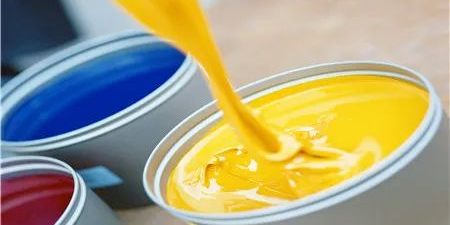How to add defoaming agent for coating industry?
With the continuous development of the coating industry, the application requirements for defoaming agents are becoming higher and higher. Foam problems can occur during the coating production process, thus affecting product quality and yield. For some products that require the use of large amounts of defoaming agents, it is easy to increase production costs. Therefore, how to choose a defoaming agent is particularly important for coating companies.
In coating production, due to the use of large amounts of defoaming agents, foam will be generated, seriously affecting product quality and output. Especially in coatings such as primers and topcoats, adding a large amount of defoaming agents will cause problems such as rough surface, low gloss, and poor adhesion of the coating film. This will not happen if a small amount of defoaming agent is added to the paint. So how to use defoaming agents well in the coating production process? Let’s learn more about it below.
Before coating production, foaming during the production process can be reduced by adding a small amount of defoaming agent. If you are using metal powder coatings, you can add defoaming agents to reduce foaming. Adding a small amount of defoaming agent before production can effectively solve the foaming problem. Specifically, the defoaming agent is added directly to the paint, and then a certain amount of water is added. If you use a defoaming agent before latex paint production, you need to add a certain amount of water to the latex paint first, and then add a small amount of defoaming agent.
During the coating production process, foaming is particularly serious in coatings such as primers and primers, so defoaming agents need to be added for defoaming. In production, if a large amount of defoaming agent is used, it will increase the cost of coatings. Therefore, it is necessary to add an appropriate amount of defoaming agent during the production process.
(1) In the coating production process, the dosage must be controlled when using defoaming agents. Under normal circumstances, the content of the defoaming agent required to be added can be controlled at about 0.1%.
(2) For some coating manufacturers, if the product contains foam, pretreatment can be performed first and the dosage can be determined through experiments. If there is a lot of foam, you can choose to add some defoaming agent appropriately.
(3) During the coating production process, if the coating produces a large amount of foam, the defoaming agent needs to be added to the production site for stirring and dispersion before it can be added to the coating for use.
(4) It should also be noted that the defoaming agent cannot be directly added to the water for dilution before use, otherwise it will affect the defoaming effect.
Since paint needs to go through many steps during the painting process, such as solvent volatilization, high-temperature baking, etc., a large amount of foam will be generated. These foams not only affect the coating process, but also cause bubbles in the coating film. Therefore, adding an appropriate amount of defoaming agent after coating can effectively suppress the formation of bubbles in the coating. In addition, you should also pay attention to the following points when using defoaming agents:
(1) Since the paint is mixed from a variety of raw materials, be careful not to use too much.
(2) If there is no experiment before use, it is recommended not to add a large amount of defoaming agent to the paint at will.
(3) If it is used at room temperature, it is best not to add the defoaming agent to a solution that is too hot, as this may easily lead to the decomposition or failure of the defoaming agent.







